Cacti is one of the best snmp based monitoring software. I’ll show you how to install and configure it on Hyper-V.
I’ve already posted couple of articles about CentOS 6 installation on Hyper-V, so I won’t mention about that again.
You can see CentOS 6 installation on Hyper-V at the following posts:
Cacti requires that the following software is installed on your system.
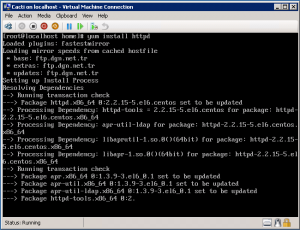
Type “y” and press Enter to accept installation.
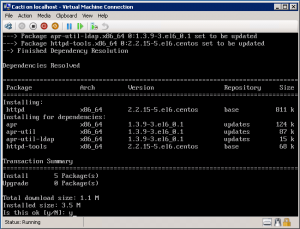
Now, start the Apache/httpd.
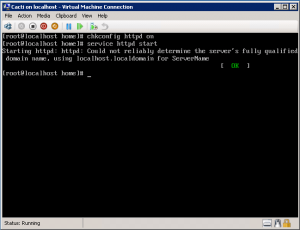
Now let’s install PHP.
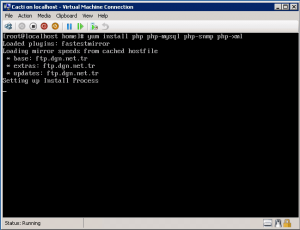
Type “y” and press Enter to accept installation.
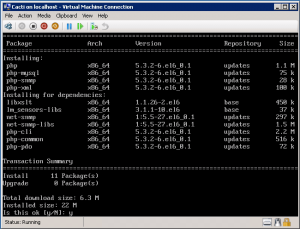
Now we will install MySQL.
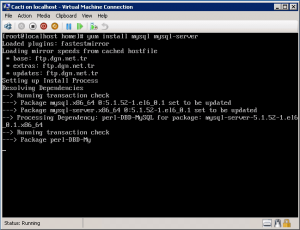
Type “y” and press Enter to accept installation.
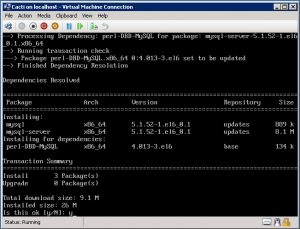
Now, start the MySQL/mysqld.
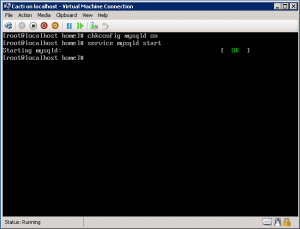
It’s time to install last component, RRDTools. First, we need to install required dependencies.
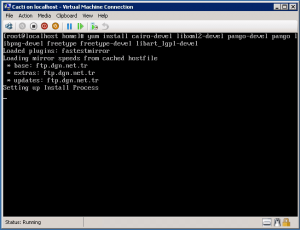
Type “y” and press Enter to accept installation.
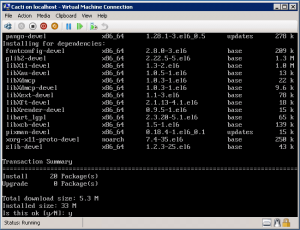
Install gcc to compile RRDTool.
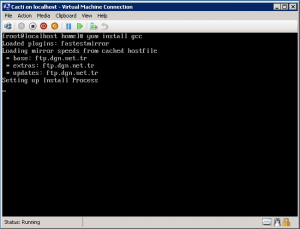
Type “y” and press Enter to accept installation.

Download latest RRDTool.
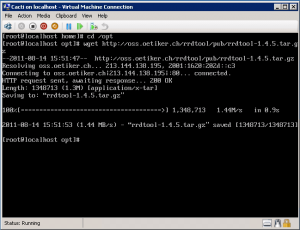
Untar tar ball.
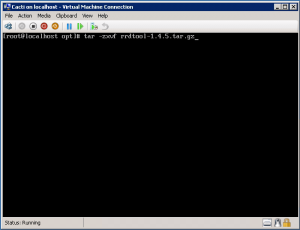
You need to set PKG_CONFIG_PATH.
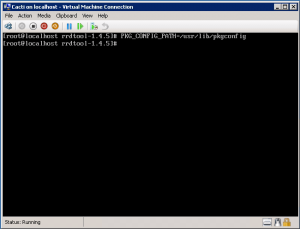
Now let’s configure and install RRDTool.
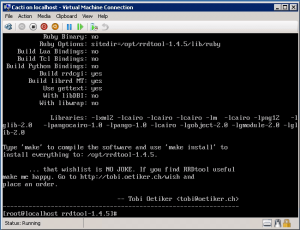
After installation is completed, let’s test RRDTool.
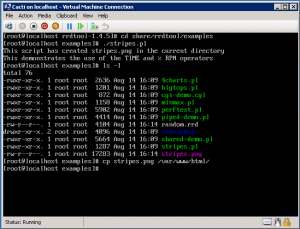
Lets see our test graph:
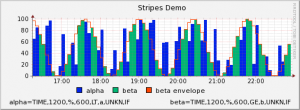
We finished installation of required components for Cacti. Next part, we will see how to install and configure Cacti.
You can continue with Part 2:
I’ve already posted couple of articles about CentOS 6 installation on Hyper-V, so I won’t mention about that again.
You can see CentOS 6 installation on Hyper-V at the following posts:
http://www.yusufozturk.info/linux-server/centos-6-desktop-installation-on-hyper-v-and-mouse-support-part1.html
http://www.yusufozturk.info/linux-server/centos-6-desktop-installation-on-hyper-v-and-mouse-support-part2.html
So I assume you have a CentOS 6 with Hyper-V LIS v3.1. So lets continue with Cacti installation.http://www.yusufozturk.info/linux-server/centos-6-desktop-installation-on-hyper-v-and-mouse-support-part2.html
Cacti requires that the following software is installed on your system.
1. Apache
2. PHP 5.x
3. MySQL 5.x
4. RRDTool 1.2.x
It’s time to install Apache on CentOS 6.2. PHP 5.x
3. MySQL 5.x
4. RRDTool 1.2.x
yum install httpd
|

Type “y” and press Enter to accept installation.

Now, start the Apache/httpd.
1 2 | chkconfig httpd on service httpd start |

Now let’s install PHP.
yum install php php-mysql php-snmp php-xml
|

Type “y” and press Enter to accept installation.

Now we will install MySQL.
yum install mysql mysql-server
|

Type “y” and press Enter to accept installation.

Now, start the MySQL/mysqld.
1 2 | chkconfig mysqld on service mysqld start |

It’s time to install last component, RRDTools. First, we need to install required dependencies.
yum install cairo-devel libxml2-devel pango-devel pango libpng-devel freetype freetype-devel libart_lgpl-devel
|

Type “y” and press Enter to accept installation.

Install gcc to compile RRDTool.
yum install gcc |

Type “y” and press Enter to accept installation.

Download latest RRDTool.
1 2 | cd /opt/ wget http://oss.oetiker.ch/rrdtool/pub/rrdtool-1.4.5.tar.gz |

Untar tar ball.
1 2 | tar -zxvf rrdtool-1.4.5.tar.gz cd rrdtool-1.4.5 |

You need to set PKG_CONFIG_PATH.
PKG_CONFIG_PATH=/usr/lib/pkgconfig/ |

Now let’s configure and install RRDTool.
1 2 3 | ./configure make make install |

After installation is completed, let’s test RRDTool.
1 2 3 4 | cd /usr/local/rrdtool/share/rrdtool/examples/ ./stripes.pl ls -l cp stripes.png /var/www/html/ |

Lets see our test graph:

We finished installation of required components for Cacti. Next part, we will see how to install and configure Cacti.
You can continue with Part 2:

Tidak ada komentar:
Posting Komentar